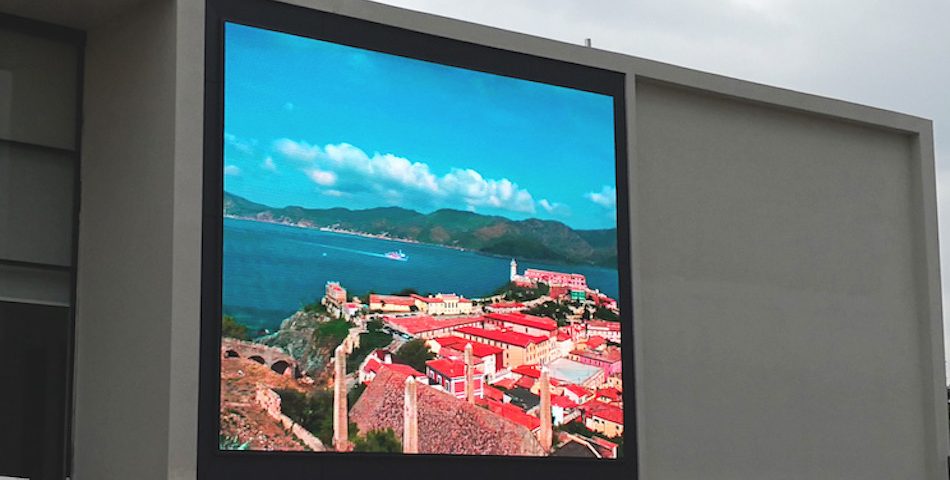Digital Signage 101: Best Practices for Indoor LED Screen Deployment
консультация с флебологом
June 30, 2025Employment Support Services
June 30, 2025In today’s digital age, indoor LED screens have become essential tools for businesses, enhancing communication, advertising, and customer engagement. From corporate environments to retail spaces, these displays offer dynamic visual experiences that captivate audiences. However, successfully deploying indoor LED screen requires careful planning, installation, and maintenance. This comprehensive guide outlines best practices for each stage of the process, ensuring effective and impactful digital signage.
Planning Your LED Screen Deployment
a. Define Your Objectives
Before diving into deployment, it’s crucial to establish clear objectives for your LED screens. Consider what you want to achieve, whether it’s enhancing brand visibility, providing information, promoting products, or improving customer engagement. Defining your goals will guide your decisions throughout the process.
b. Identify Your Audience
Understanding your target audience is essential for crafting relevant content and choosing the right locations for your screens. Consider their demographics, interests, and behaviors. For example, a retail store might focus on enticing promotions for shoppers, while a corporate office may aim for informative content for employees.
c. Choose the Right Location
The placement of your LED screens can significantly impact their effectiveness. Assess potential locations based on visibility, foot traffic, and lighting conditions. High-traffic areas, such as lobbies, entrances, or near elevators, are ideal for maximizing exposure. Ensure that the screens are positioned at eye level and are free from obstructions.
Selecting the Right LED Screen
a. Screen Size and Resolution
Choosing the appropriate size and resolution for your LED screen is crucial. Consider viewing distances: larger screens are necessary for larger spaces or longer viewing distances, while smaller screens work well in close proximity. High-resolution screens provide clearer images and better color accuracy, enhancing the overall viewing experience.
b. Indoor vs. Outdoor Screens
Ensure you select screens specifically designed for indoor use. Indoor LED screens are typically lighter, less expensive, and optimized for lower light conditions compared to outdoor screens. This distinction is vital for ensuring optimal performance and longevity.
c. Content Management System (CMS)
A robust CMS is essential for managing the content displayed on your LED screens. Look for a system that allows for easy content updates, scheduling, and remote management. A good CMS should support various media formats, including images, videos, and real-time data feeds.
Installation Best Practices
a. Professional Installation
While some businesses may consider a DIY approach, hiring professionals for installation is highly recommended. Experienced technicians can ensure that screens are mounted securely, correctly calibrated, and integrated with other AV systems. This reduces the risk of technical issues and ensures optimal performance.
b. Wiring and Power Supply
Proper wiring and power supply are critical for the functionality of your LED screens. Ensure that cables are neatly organized and securely installed to prevent tripping hazards and interference. It’s also important to provide adequate power supply, considering the screen’s wattage and any additional devices connected to it.
c. Calibration and Testing
Once installed, calibrate the screens to ensure optimal brightness, contrast, and color accuracy. Testing the screens in various lighting conditions will help identify any adjustments needed for different environments. Regular calibration should be part of your maintenance routine to maintain picture quality.
Content Creation and Management
a. Engaging Content
Content is the heart of any digital signage system. Create engaging and relevant content that resonates with your audience. Use high-quality images, videos, and animations to capture attention. Keep text concise and legible, utilizing fonts and colors that align with your brand identity.
b. Scheduling and Rotation
Develop a content schedule that aligns with your objectives and audience needs. Consider rotating content regularly to keep it fresh and engaging. A CMS can facilitate easy scheduling, allowing you to update content based on time of day, upcoming events, or promotions.
c. Real-Time Updates
Incorporating real-time data into your content can enhance its relevance. For example, displaying live social media feeds, news updates, or weather information can keep audiences engaged and informed. Ensure your CMS supports real-time content updates for maximum impact.
Maintenance Best Practices
a. Regular Inspections
Routine inspections are vital for ensuring the longevity and performance of your LED screens. Check for any signs of wear, such as dead pixels, flickering, or discoloration. Addressing issues promptly can prevent further damage and costly repairs.
b. Cleaning and Care
Dust and dirt can accumulate on screens, affecting image quality. Clean your LED screens regularly using microfiber cloths and approved cleaning solutions. Avoid using harsh chemicals or abrasive materials that could damage the surface.
c. Software Updates
Keep your CMS and screen firmware updated to ensure optimal performance and security. Regular updates can enhance functionality, fix bugs, and improve compatibility with new content formats.
Measuring Success
a. Analytics and Reporting
Utilize analytics tools to measure the effectiveness of your LED screens. Track metrics such as audience engagement, dwell time, and content performance. Understanding how your screens are performing will help you refine your content strategy and improve ROI.
b. Feedback and Adjustments
Gather feedback from your audience and staff to assess the impact of your digital signage. Consider conducting surveys or informal discussions to gain insights into what works and what may need improvement. Use this feedback to make necessary adjustments to content and placement.
Case Studies and Success Stories
a. Retail Environments
Many retailers have successfully integrated indoor LED screens to enhance customer experiences. For instance, a clothing retailer used screens to display promotional videos and customer testimonials, resulting in increased foot traffic and sales.
b. Corporate Offices
A tech company implemented LED screens in its lobby to showcase company achievements and employee highlights. This not only improved brand visibility but also fostered a sense of community among employees and visitors.
c. Event Spaces
Event venues have utilized LED screens to create immersive experiences. By displaying dynamic visuals and live feeds during conferences, they kept attendees engaged and informed, leading to positive feedback and repeat bookings.
Conclusion
Deploying indoor LED screens as part of a digital signage strategy can significantly enhance communication, engagement, and branding for businesses across various sectors. By following best practices in planning, installation, content management, and maintenance, organizations can maximize the impact of their LED displays. As technology continues to evolve, embracing digital signage will not only keep businesses competitive but also create memorable experiences for their audiences. With careful execution, indoor LED screens can truly transform how organizations connect with their stakeholders.


